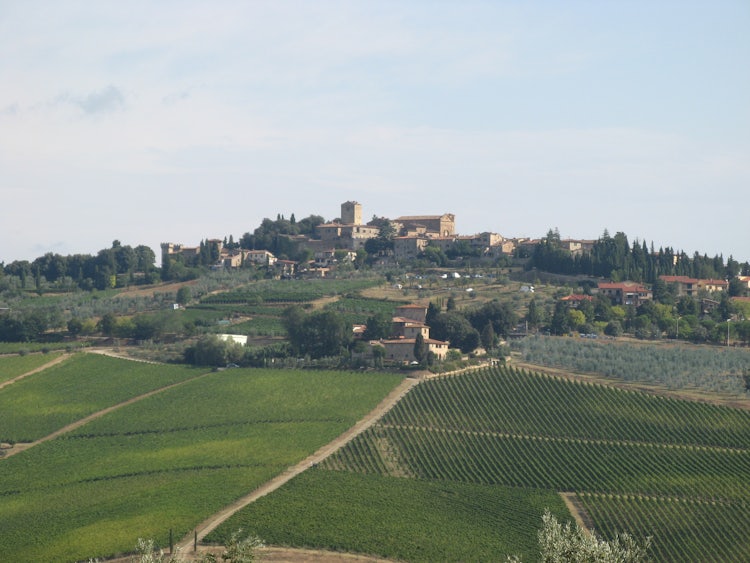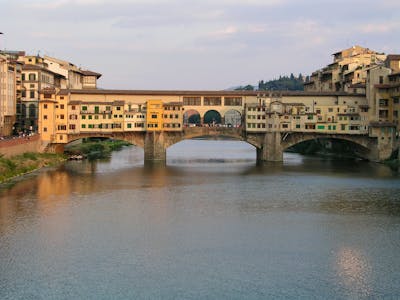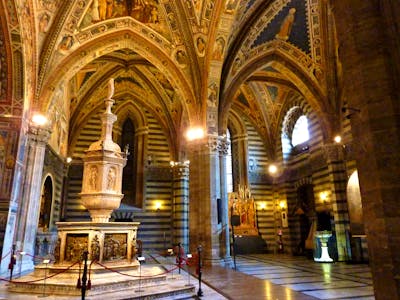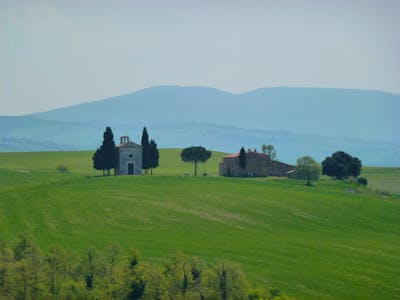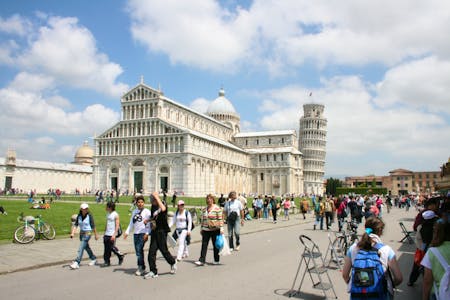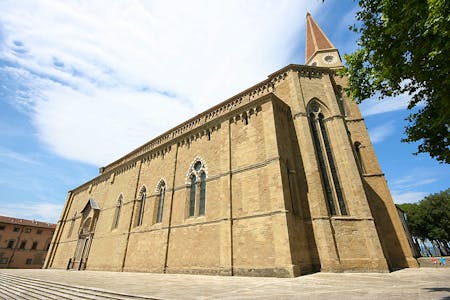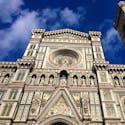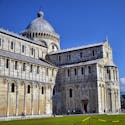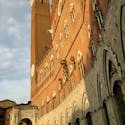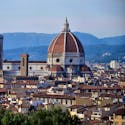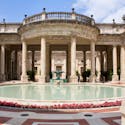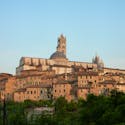Take a Full Week to Explore
Tuscany is one of the most beautiful regions in Italy, with medieval villages sitting atop hilltops, rolling hills covered in vineyards producing some of the best wines in the world and farmhouses and villas at the end of cypress-lined lanes. There are many things to see and do in the region, the hard part is really deciding how to fit everything into the days you have at your disposal!
Seven days is right about the perfect amount of time we recommend you dedicate to exploring this beautiful region and a car will be required. As we suggested in our 5 day itinerary for Tuscany, take Florence out of the equation and dedicate one day walking Florence or even two full days. Better yet have a look at our three day itinerary for exploring this exciting city.
Some parts of Tuscany can be reached with public transportation but many of the small villages waiting for you to be explored are not. Ready? Go!
DAY 1: Pisa and Lucca

You do not need a car while in Florence, as everything is walking distance. On your third day, pick up your car rental and head to Pisa in the morning to explore the famous Piazza dei Miracoli, where you'll be able to finally admire the famous Leaning Tower up close. Take time to visit the inside of the Duomo, the baptistery and Camposanto. Here's an idea of what else you can see in Pisa in a day, if you want to spend a little more time exploring this "college" town.
Limited time? Take a tour!
After a nice lunch, head to Lucca for the afternoon. Lucca is a small Venice without water, enclosed within huge Renaissance walls which today have become a park: rent a bicycle to explore and view Lucca from every angle from the added height of the walls. Take a walk through the historical city center, and go see the Duomo, the peculiar oval-shaped Piazza dell'Anfiteatro and climb to the top of the Guinigi tower with its curious centuries old trees at the very top!
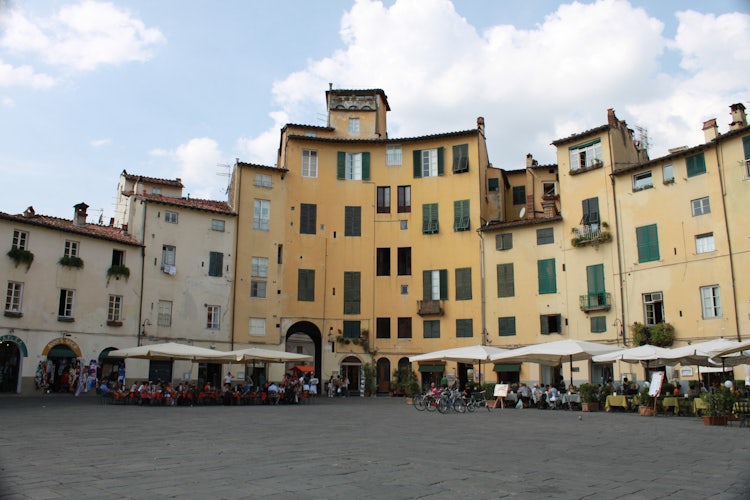
DAY 2: Chianti
The area between Florence and Siena is the beautiful Chianti region, famous for its excellent red wine worldwide. Vineyard-covered hills alternate with olive groves, each bend in the road offering a panoramic view of the wine region.
Starting from the north, take the Via Chiantigiana (SS222) and stop in Greve in Chianti to explore its peculiar shaped square and all of the shops in its perimeter. Visit the Wine Museum if you have some time, more for the chance to taste over 200 wine labels of the region than for the farm equipment. Continue along to Panzano in Chianti, stopping to walk along its ancient city streets and take pictures of the hamlet, then on to Castellina in Chianti to walk around the small center and through the city walls.
Wine tasting in this region is obligatory – the difficult part will be deciding where! There are wine shops in each town, but also signs along the road will signal wineries and their shops where you can taste that estate's wines. Stop at any that catches your fancy as this is Chianti Classico DOP region and you cannot go wrong.
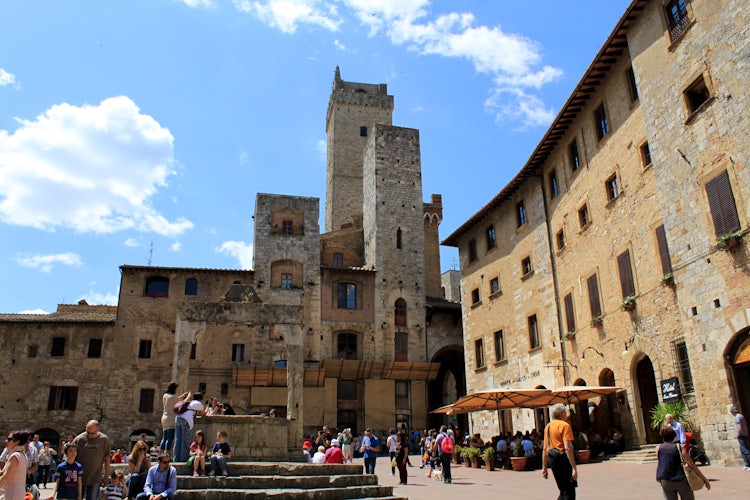
Day 3: San Gimignano
From Castellina, cut west toward Poggibonsi to reach San Gimignano, enjoying the drive and incredible views of the countryside on the way, stopping to enjoy the view of San Gimignano's medieval towers before you reach it. Enjoy the rest of the day here, as the majority of visitors leave this beautiful hilltop village as soon as the sun goes down giving you a chance to enjoy a quiet walk through its magical streets and stepping back in time. Make sure to taste the local specialty, the sandy colored Vernaccia of San Gimignano.
We have a more detailed details on the hilltop towns in Chianti if you want more ideas.
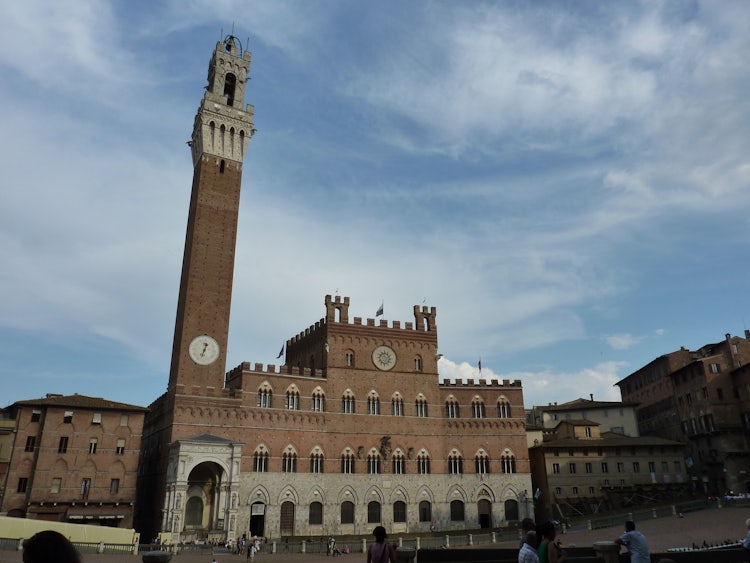
DAY 4 & 5: Siena and Monteriggioni
If you step back into the Renaissance as you visit Florence, then Siena takes you back into the Middle Ages. The city center sits on several hills so expect some climbing but it is quite small and the main sights are close: start in the Piazza del Campo, famous for its particular shell shape and for the Palio of Siena, a horse race between the various parts of town run twice every summer on July 2 and August 16. The Palazzo Comunale and Torre del Mangia tower over the Campo, offering an impressive view of the square and the city if you climb all the way to the top.
Head to the Duomo, standing majestically as a precious example of Italian Romanesque-Gothic style and admire the scenes across its pavement, a treasure waiting to be admired! Head back out to visit the Baptistery, crypt and Opera museum to see Duccio Buoninsegna's marvelous Maestà alterpiece from the 14th century. View our itinerary for a day in Siena for more ideas.
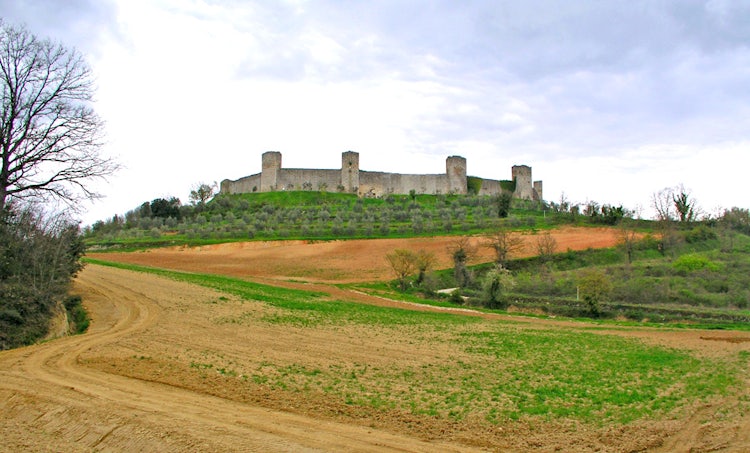
Just outside of Siena, the charming walled castle of Monteriggioni offers another trip into medieval times. The small castle still stands with 15 towers along the walls (although some of them were cut short through the centuries). You can visit the small castle, but don't forget to climb and walk along the massive walls from where you'll admire great views over the Tuscan countryside.
DAY 6: the Val D'Orcia

The Val D'Orcia is another region in Tuscany famous for its stunning landscapes and excellent red wines. Gentle hills, dotted with dark cypresses, red poppies and yellow sunflowers make this region the perfect postcard to send back to friends and families. It offers plenty to see, from the medieval streets of Montepulciano to the smaller picturesque towns of Pienza, San Quirico D'Orcia and Montalcino.
The area is known worldwide for its Brunello di Montalcino and Montepulciano DOC wines, making wine tastings an excellent past time at each stop.
DAY 7: Arezzo and Cortona
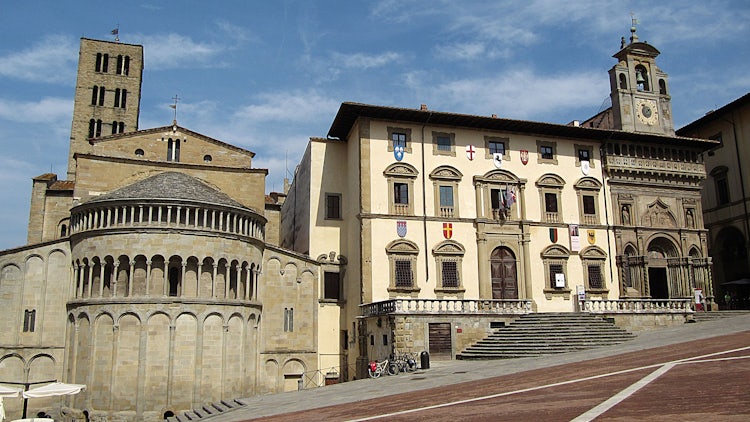
On your last day, head east toward the charming city of Arezzo, birth place of brilliant masters Piero della Francesca and Giorgio Vasari.
Visit the Basilica of Saint Francis with the stunning frescoes depicting the Legend of the True Cross by Piero della Francesca, the Church of San Domenico displaying the wooden Crucifix by Cimabue, the magnificent Piazza Grande with is loggias by Vasari and the Archaeological Museum Clinio Mecenate.
The small hilltop city of Cortona south of Arezzo is the perfect stop to end your trip through Tuscany. Cortona is featured in the book and film adaptation of "Under the Tuscan Sun", coming to symbolize “la bella vita” in Tuscany. Its origins go way back to the Etruscans, with one of its main attractions being the Etruscan Academy Museum (MAEC-Museum of Etruscan Academy of Cortona) displaying important Etruscan and Roman findings unearthed just outside of Cortona. The heart of the town is its Piazza della Repubblica, with the Palazzo Comunale standing tall over the square. The nearby Diocesan Museum displays a beautiful Annunciation of Cortona by the Beato Angelico, if there's time and energy to visit another museum!
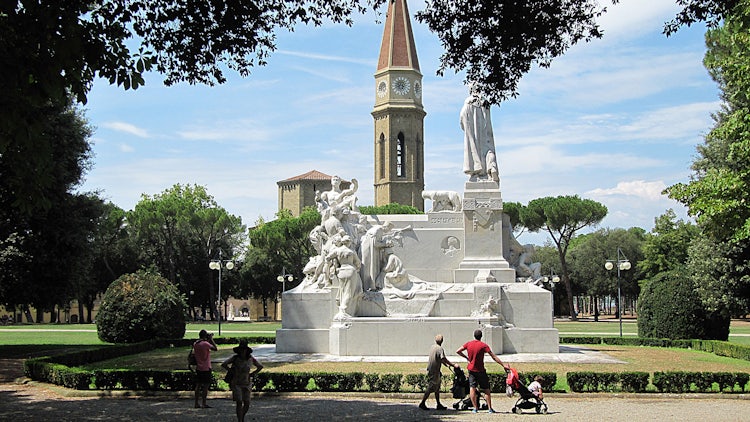
Planning your time in Tuscany? If you have any questions or need help in planning your itinerary, just post your questions on our FORUM and we'll be happy to help!
